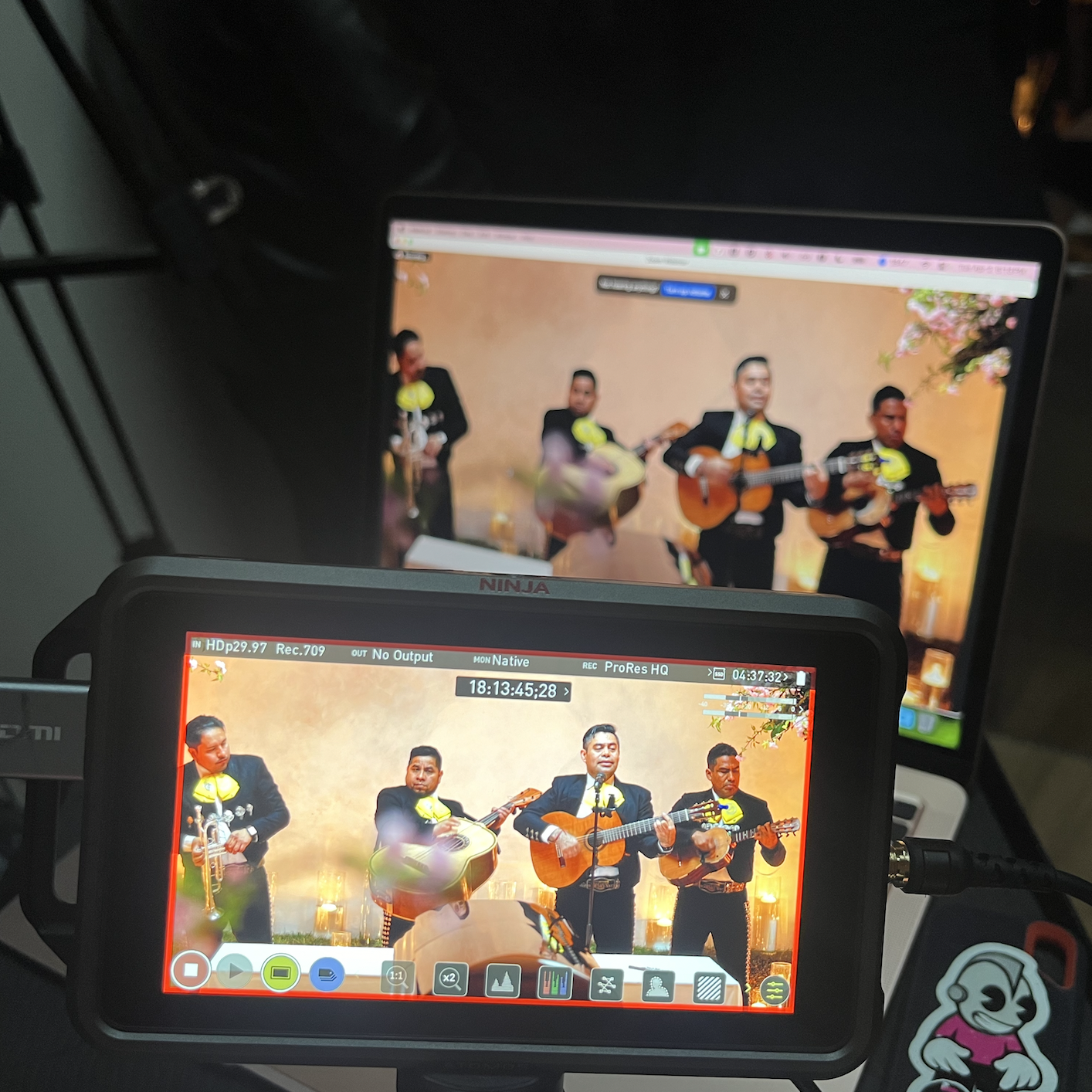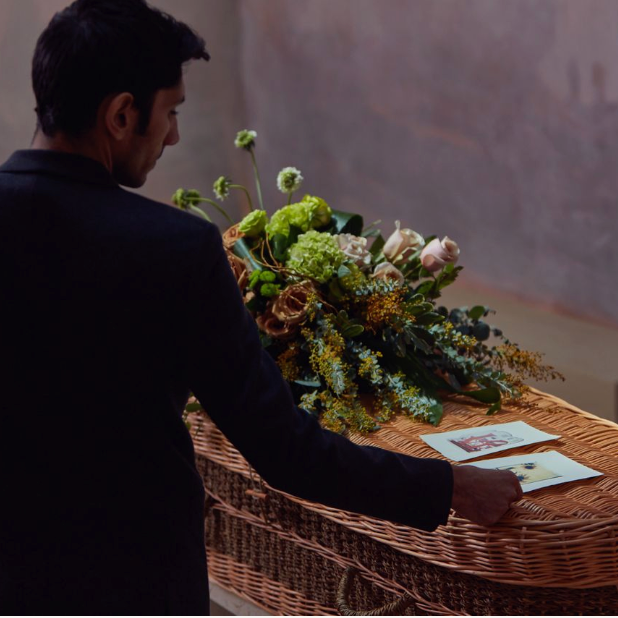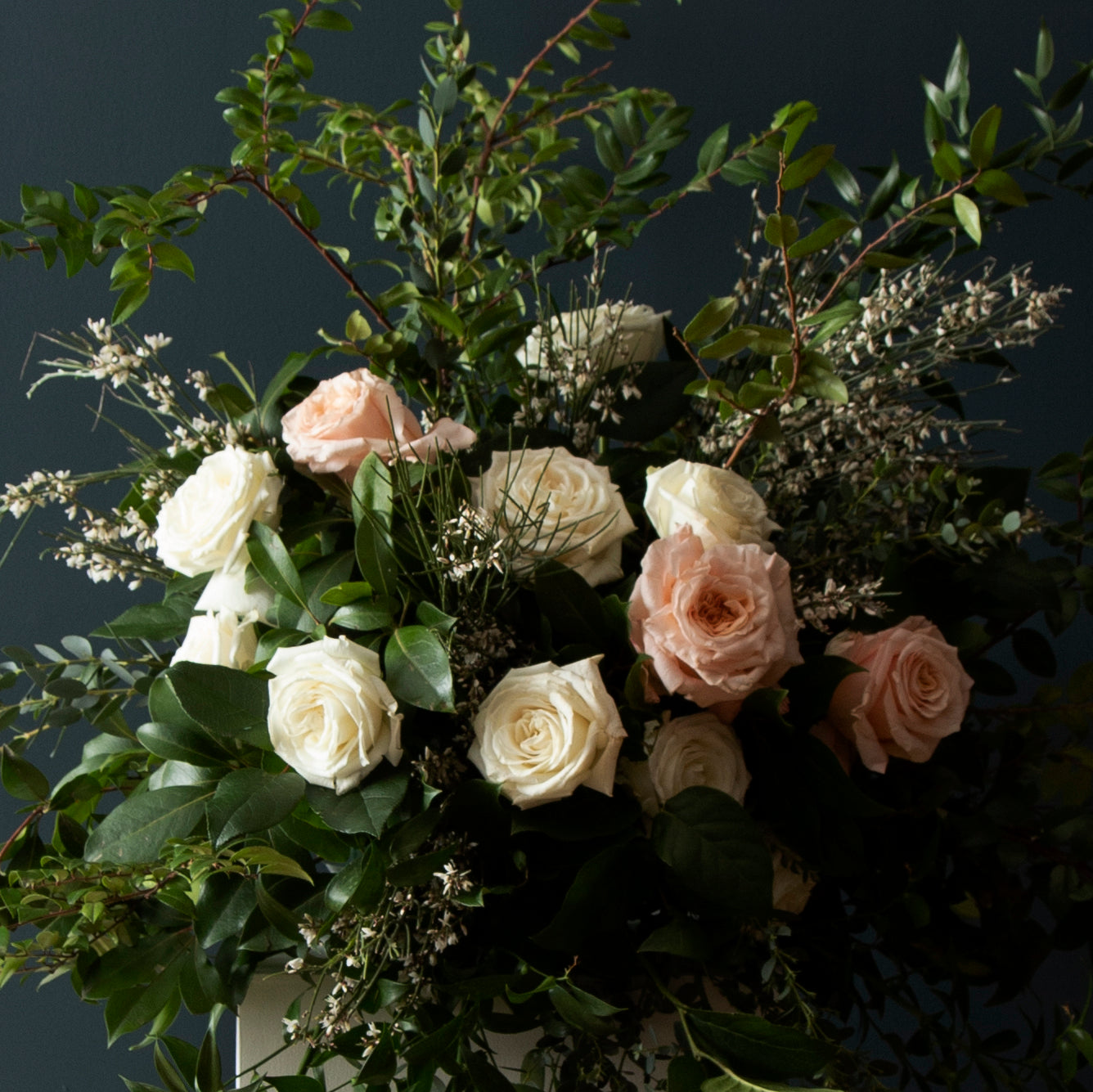Term: Green Burial
What it Means: While many of us have been recycling, taking public transit, or shortening our showers for years, the funeral industry has been dragging its feet. Thanks to overwhelming demand and a global reckoning with climate change, funeral homes and their providers are finally catching on and starting to offer products and services in different shades of green.
How do Green Burials impact the way we grieve?
Often, but not always, the tenants of “Green Burial” bring with them opportunities for grieving people to participate in the caretaking process. Put simply, opting for a few green options can allow people to take part in the “work” of “grief work”.
How can traditional American funeral customs be adjusted to reflect different shades of green?
- Embalming
- Not Green – using formaldehyde based products and plastic undergarments to preserve someone’s body.
- Greenish – using glutaraldehyde and slightly less toxic products with absorbent cotton undergarments to preserve someone’s body.
- Greener – Using naturally derived, plant-based formulas to preserve someone’s body in combination with the use of refrigeration.
- Greenest – Using minimally invasive techniques to gently set features (close the eyes and mouth) and clean the person’s body, while relying on refrigeration for preservation.
- Burial
- Not Green – purchasing new clothes in which to dress someone who will be buried in a metal casket surrounded by a steel burial vault in a traditional cemetery.
- Greenish – Using someone’s existing clothing and being buried in a plain wooden coffin/casket in a traditional cemetery.
- Greener – Using someone’s existing clothing or quilt and being buried in an unfinished wooden coffin without any metal in a certified green burial site.
- Greenest – being buried in an existing quilt or biodegradable shroud in a certified conservation burial site.
- Cremation
- Not Green – being cremated in a casket with metal fasteners and having your ashes sent into space.
- Greenish – Being cremated in an all-wooden coffin and having your ashes scattered/retained in non-metal or biodegradable urns.
- Greener - Being cremated in a corrugated box and having your ashes scattered or retained in a biodegradable, locally sourced, or existing (think family pottery) vessel.
- Greenest – Being cremated in a shroud by your community using wood and other combustible waste and having your ashes scattered or retained in a biodegradable, locally sourced, or existing vessel. *Open flame or pyre cremation is only legal in a small town in Colorado.
- Alternative GREENEST Options
- Natural Organic Reduction, (NOR) is essentially composting of the human body and is as green as it gets. This process has been legalized in Washington, Oregon, and Colorado. Seattle is home to Recompose, the only active NOR facility in the country. People who die outside of Washington can still undergo NOR. Click here to find out more about NOR, Recompose, and how Sparrow can help.
- Alkaline Hydrolysis (AKA aquamation or water cremation). This process uses heat, pressure, and a solution of 95% water and 5% alkaline chemicals to break down the body’s tissues in a gentle and energy efficient way. Much like traditional cremation, the remaining bone fragments are rendered to a sand-like consistency and returned to the family. This process uses 1/8th of the energy required for traditional flame cremation. *Alkaline Hydrolysis is not legal in New York however transportation to nearby states where it is available can be easily arranged.*
Whatever your style, taste, or values might be, we hope to help make sure they are honored.





